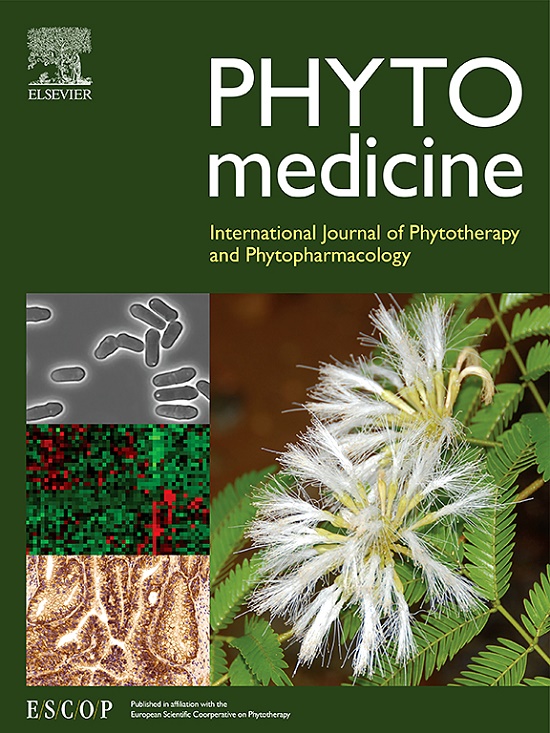Proteomic analysis reveals QiShenYiQi Pills ameliorates ischemia-induced heart failure through inhibition of mitochondrial fission
IF 6.7
1区 医学
Q1 CHEMISTRY, MEDICINAL
引用次数: 0
Abstract
Background
QiShenYiQi Pills (QSYQ) has widely used in clinical treatment of cardiovascular diseases; however, the exact mechanism behind its effectiveness still requires further investigation.
Purpose
The purpose of the study was to explore the potential mechanism of QSYQ in the treatment of ischemic heart failure from the perspective of proteomics.
Methods
In vivo, to observe QSYQ actions on the progression of ischemia-induced heart failure, cardiac function and remodeling was analyzed. The heart tissues of mice were used for Tandem Mass Tag (TMT)-based proteomic analysis. Cardiomyocytes were prepared and subjected to oxygen-glucose deprivation injury. QSYQ effects on differential proteins expressions, mitochondrial fission and mitochondrial function were assayed.
Results
QSYQ treatment preserved cardiac function, limited cardiac fibrosis and alleviated cardiomyocyte hypertrophy in post-myocardial ischemia mice. Proteomic analysis revealed that QSYQ-responsive proteins were mainly involved in mitochondrial fission, including mitochondrial calcium uniporter (MCU), membrane associated ring-CH-type finger 5 (MARCHF5), and mitochondrial fission process 1 (MTFP1). Protein-protein interaction analysis revealed that MCU, MARCHF5 and MTFP1 commonly interacted with dynamin-related protein 1 (DRP1). Knockdown of MCU, MARCHF5, or MTFP1 attenuated excessive mitochondrial fission in cardiomyocytes through regulating DRP1 phosphorylation and its mitochondrial translocation. QSYQ decreased the phosphorylation of DRP1 at Ser616 and enhanced its inhibitory phosphorylation at Ser637, as well as mitigating the mitochondrial recruitment and oligomerization of DRP1, through downregulation of these three differential proteins. As a result, QSYQ alleviated aberrant mitochondrial fission, ameliorated mitochondrial dysfunction, and protected cardiomyocytes from ischemic injury.
Conclusion
The novelty lies in the proteomics-based investigation of the mechanism of QSYQ, uncovering that QSYQ mitigated ischemia-induced heart failure by suppressing MCU/MARCHF5/MTFP1-DRP1-driven mitochondrial fission.

求助全文
约1分钟内获得全文
求助全文
来源期刊

Phytomedicine
医学-药学
CiteScore
10.30
自引率
5.10%
发文量
670
审稿时长
91 days
期刊介绍:
Phytomedicine is a therapy-oriented journal that publishes innovative studies on the efficacy, safety, quality, and mechanisms of action of specified plant extracts, phytopharmaceuticals, and their isolated constituents. This includes clinical, pharmacological, pharmacokinetic, and toxicological studies of herbal medicinal products, preparations, and purified compounds with defined and consistent quality, ensuring reproducible pharmacological activity. Founded in 1994, Phytomedicine aims to focus and stimulate research in this field and establish internationally accepted scientific standards for pharmacological studies, proof of clinical efficacy, and safety of phytomedicines.
 求助内容:
求助内容: 应助结果提醒方式:
应助结果提醒方式:


